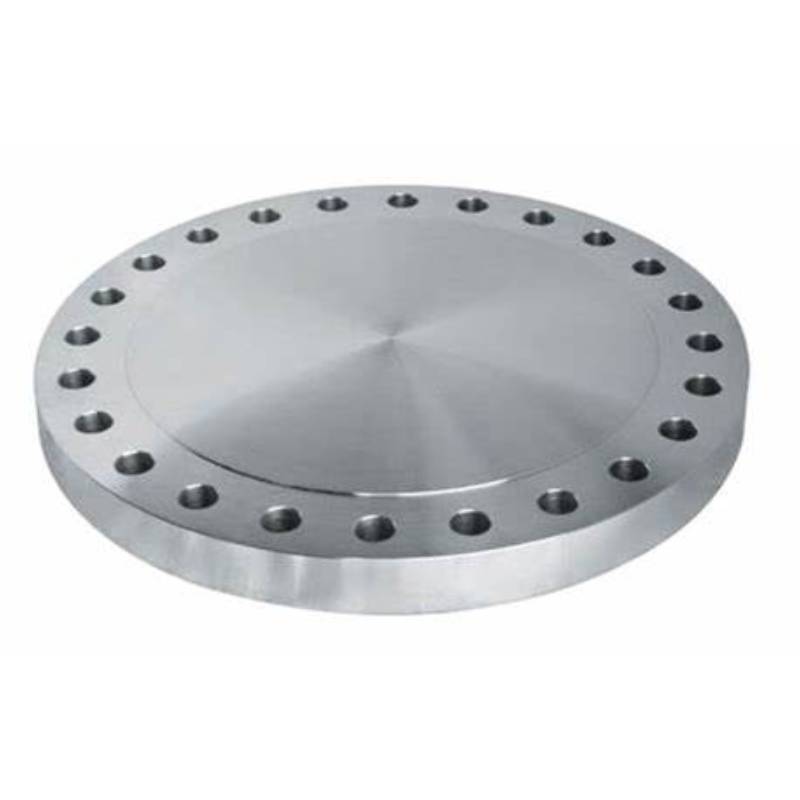-
Cangzhou Yulong Steel Co., Ltd.
-
Phone:
+86 13303177267 -
Email:
admin@ylsteelfittings.com
- English
- Arabic
- Italian
- Spanish
- Portuguese
- German
- kazakh
- Persian
- Greek
- French
- Russian
- Polish
- Thai
- Indonesian
- Vietnamese
- Zulu
- Korean
- Uzbek
- Hindi
- Serbian
- Malay
- Ukrainian
- Gujarati
- Haitian Creole
- hausa
- hawaiian
- Hebrew
- Miao
- Hungarian
- Icelandic
- igbo
- irish
- Japanese
- Javanese
- Kannada
- Khmer
- Rwandese
- Afrikaans
- Albanian
- Amharic
- Armenian
- Azerbaijani
- Basque
- Belarusian
- Bengali
- Bosnian
- Bulgarian
- Catalan
- Cebuano
- China
- China (Taiwan)
- Corsican
- Croatian
- Czech
- Danish
- Esperanto
- Estonian
- Finnish
- Frisian
- Galician
- Georgian
- Kurdish
- Kyrgyz
- Lao
- Latin
- Latvian
- Lithuanian
- Luxembourgish
- Macedonian
- Malgashi
- Malayalam
- Maltese
- Maori
- Marathi
- Mongolian
- Myanmar
- Nepali
- Norwegian
- Norwegian
- Occitan
- Pashto
- Dutch
- Punjabi
- Romanian
- Samoan
- Scottish Gaelic
- Sesotho
- Shona
- Sindhi
- Sinhala
- Slovak
- Slovenian
- Somali
- Sundanese
- Swahili
- Swedish
- Tagalog
- Tajik
- Tamil
- Tatar
- Telugu
- Turkish
- Turkmen
- Urdu
- Uighur
- Welsh
- Bantu
- Yiddish
- Yoruba

Oct . 01, 2024 06:01 Back to list
Seamless Stainless Steel Pipes for Durable and Reliable Industrial Applications
Understanding Stainless Seamless Steel Pipes
Stainless seamless steel pipes are a critical component in various industrial applications due to their unique properties, durability, and resistance to corrosion. Unlike welded pipes, seamless pipes are manufactured from a solid round steel billet that is heated and pushed or pulled over a form until the steel is shaped into a hollow tube without any joints. This manufacturing process gives seamless pipes an edge in terms of strength, reliability, and performance.
Composition and Types of Stainless Steel
Stainless steel is comprised of iron, chromium, and other alloying elements such as nickel, molybdenum, and manganese. The percentage of chromium present in stainless steel typically exceeds 10.5%, which provides excellent corrosion resistance, making it suitable for environments that are prone to corrosion and oxidation. There are several grades of stainless steel, including austenitic, ferritic, martensitic, duplex, and precipitation-hardening stainless steels, each designed for specific applications.
Austenitic stainless steels, such as 304 and 316, are the most commonly used grades for stainless seamless steel pipes due to their high corrosion resistance and superb weldability. Grade 316 stainless steel, for example, is particularly suitable for marine applications due to its added molybdenum content, which enhances corrosion resistance in chloride environments.
Advantages of Stainless Seamless Steel Pipes
1. Corrosion Resistance The chromium component in stainless steel forms a passive layer of chromium oxide on the surface of the material, preventing further corrosion and rust. This makes stainless seamless steel pipes ideal for use in harsh environments, such as chemical processing and oil and gas industries.
2. Strength and Durability Seamless pipes are stronger than welded pipes due to the absence of seams, which can be weak points susceptible to failure. Their inherent strength makes them able to withstand high pressure and extreme temperatures, leading to longer service life and reliability.
3. Versatility Stainless seamless steel pipes can be found in various applications, from plumbing and infrastructure projects to industrial machinery and automotive components. Their versatility makes them suitable for both high-pressure and low-pressure applications.
4. Aesthetic Appeal Aside from their functional benefits, stainless steel pipes possess a shiny, appealing surface finish, making them ideal for architectural applications. They can be used in visible sections of construction without compromising durability or performance.
Applications
stainless seamless steel pipe

Stainless seamless steel pipes are extensively used in a variety of sectors, including
- Oil and Gas In extraction, transportation, and refining processes where resistance to corrosion, high pressure, and extreme temperatures is crucial. - Chemical Processing For piping systems handling aggressive chemicals, the non-reactive nature of stainless steel ensures safety and longevity. - Food and Beverage Used in sanitary applications, seamless pipes meet hygiene standards and do not contaminate the products passing through them. - Pharmaceutical In the biotech and pharmaceutical industries, seamless pipes are essential for maintaining sterile environments and avoiding contamination in processes.
Manufacturing Process
The manufacturing process for stainless seamless steel pipes involves several critical steps
1. Hot Working The solid steel billet is heated to a high temperature and pierced to form a hollow tube. The tube is then elongated to reach the desired diameter and thickness.
2. Cold Working In some cases, further cold working processes, such as extrusion or drawing, are employed to achieve tighter tolerances and enhance mechanical properties.
3. Heat Treatment To relieve stresses and improve the microstructure, the pipes undergo heat treatment, ensuring they meet the required specifications.
4. Testing and Inspection Rigorous tests are conducted to evaluate the mechanical properties and structural integrity of the pipes. Non-destructive testing methods, such as ultrasonic testing and X-ray inspection, ensure there are no hidden defects.
Conclusion
In summary, stainless seamless steel pipes are invaluable in modern industries, providing solutions that combine strength, durability, and corrosion resistance. Their diverse range of applications underscores their importance across various fields, from construction and manufacturing to pharmaceuticals and food processing. Investing in high-quality stainless seamless piping systems will not only enhance operational efficiency but also ensure the safety and longevity of the infrastructure and processes they support. As technology and material science continue to evolve, the versatility and performance of stainless seamless steel pipes will undoubtedly expand, further solidifying their role in industrial applications.
Latest news
-
ANSI 150P SS304 SO FLANGE
NewsFeb.14,2025
-
ASTM A333GR6 STEEL PIPE
NewsJan.20,2025
-
ANSI B16.5 WELDING NECK FLANGE
NewsJan.15,2026
-
ANSI B16.5 SLIP-ON FLANGE
NewsApr.19,2024
-
SABS 1123 FLANGE
NewsJan.15,2025
-
DIN86044 PLATE FLANGE
NewsApr.19,2024
-
DIN2527 BLIND FLANGE
NewsApr.12,2024
-
JIS B2311 Butt-Welding Fittings LR/SR 45°/90° /180°Seamless/Weld
NewsApr.23,2024











